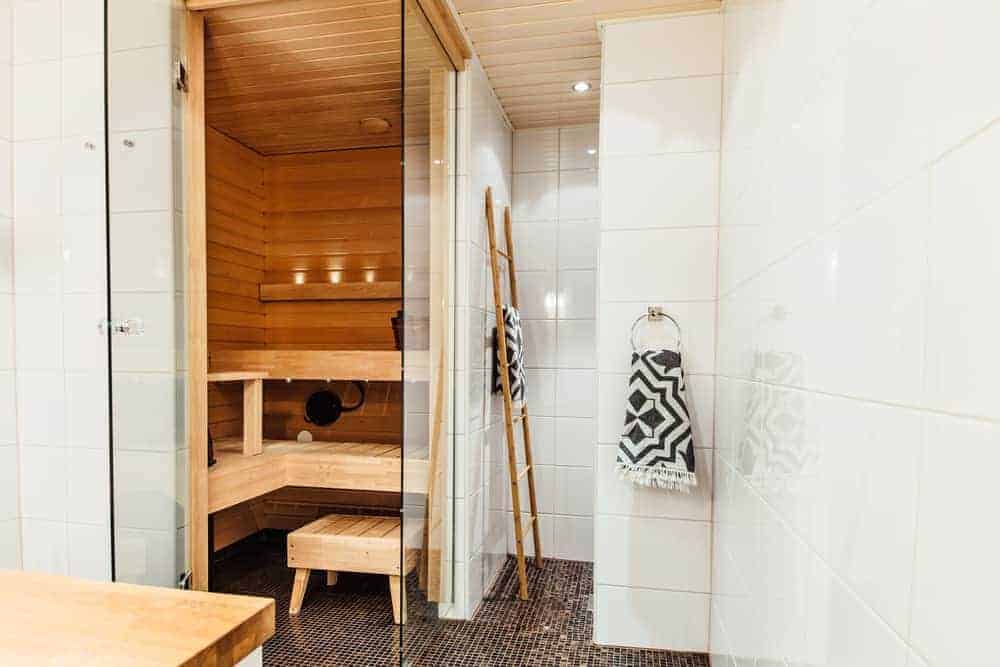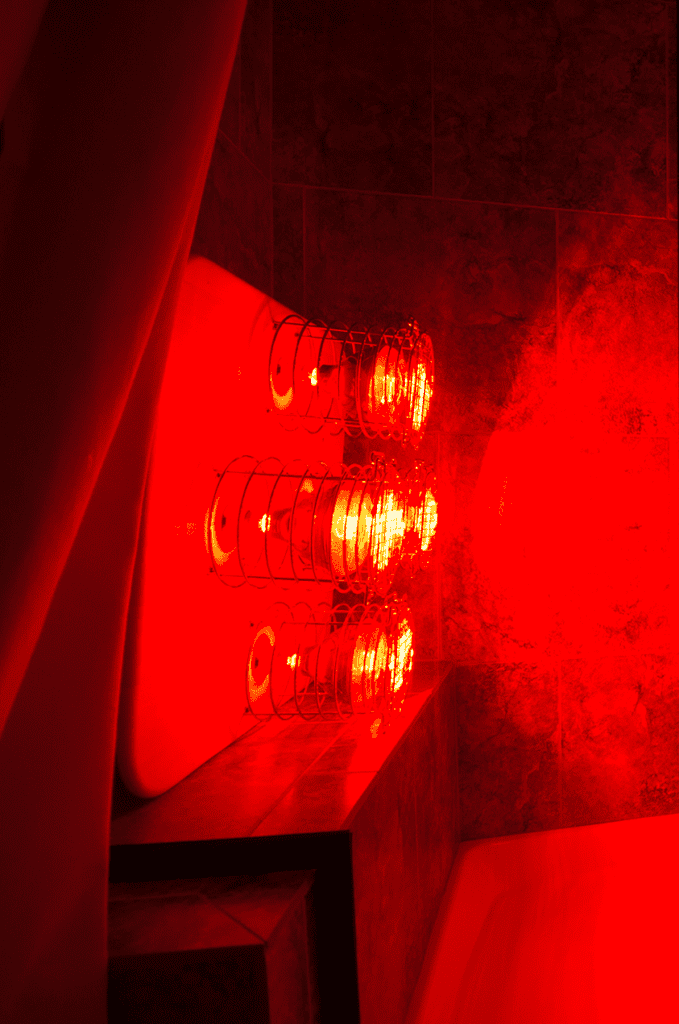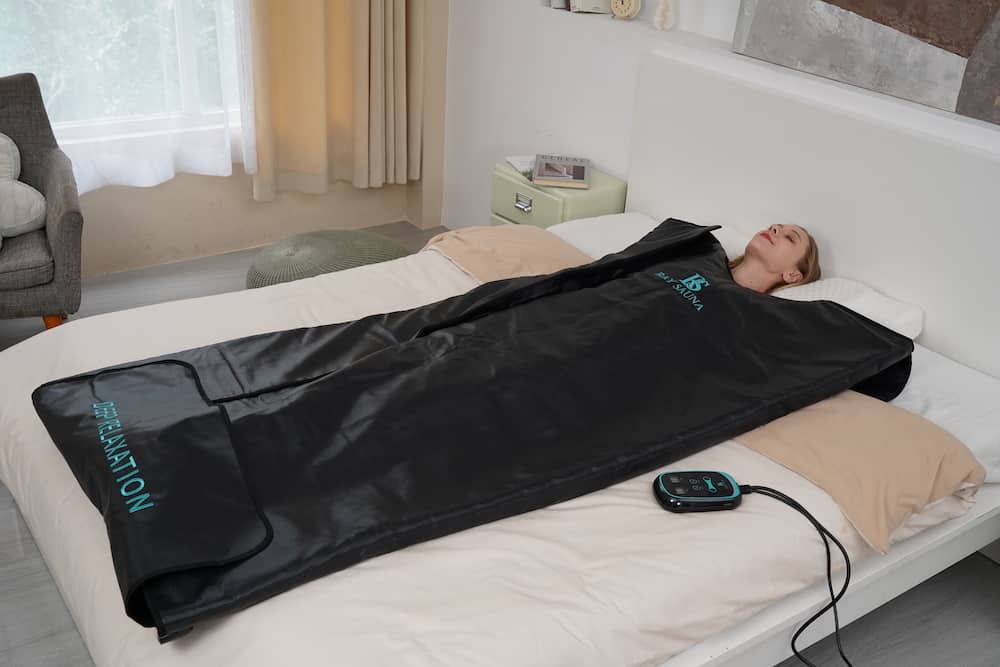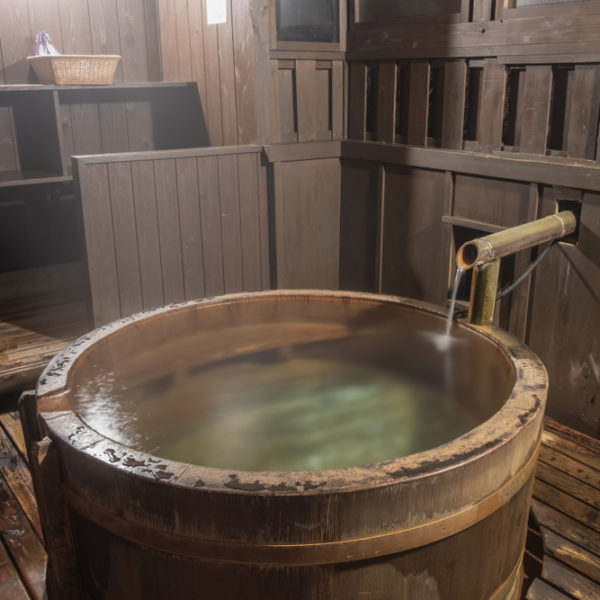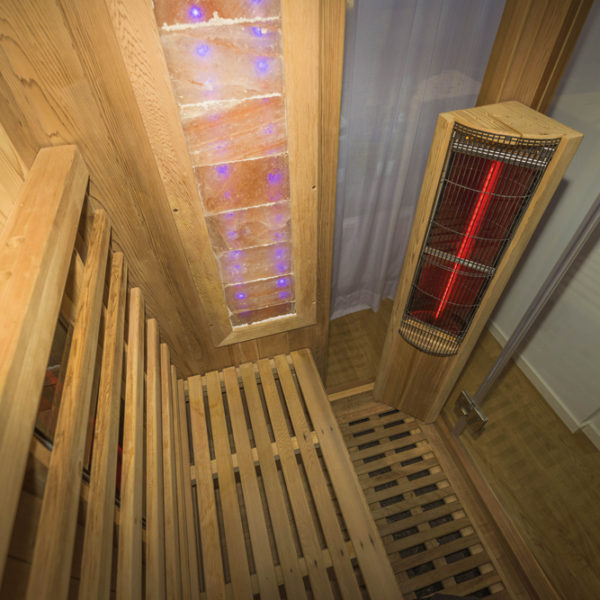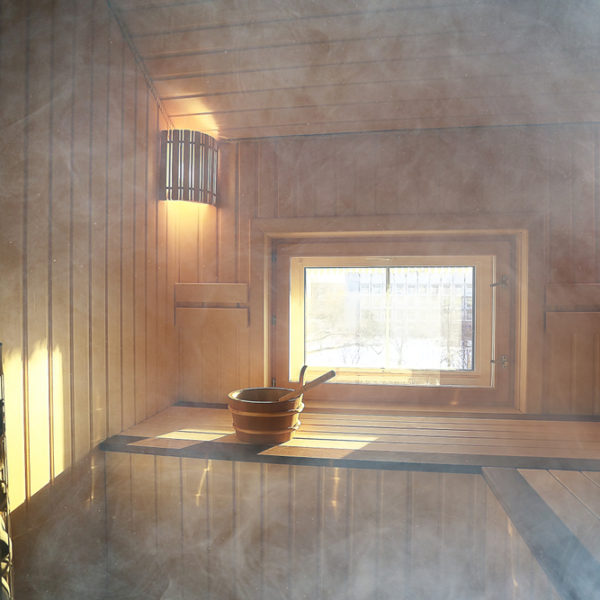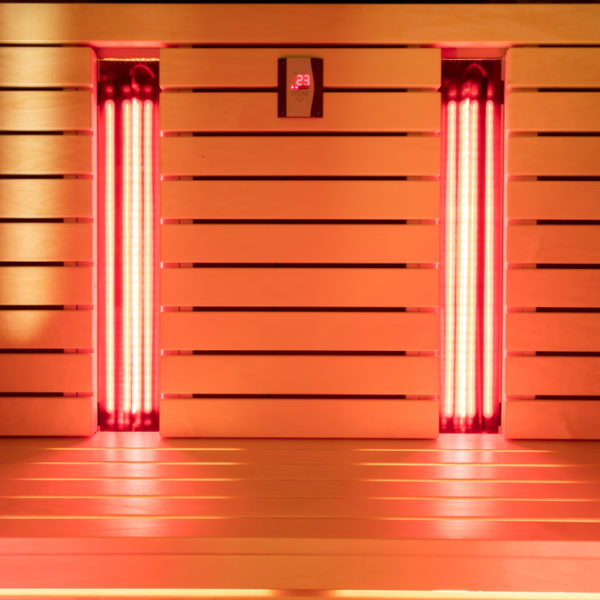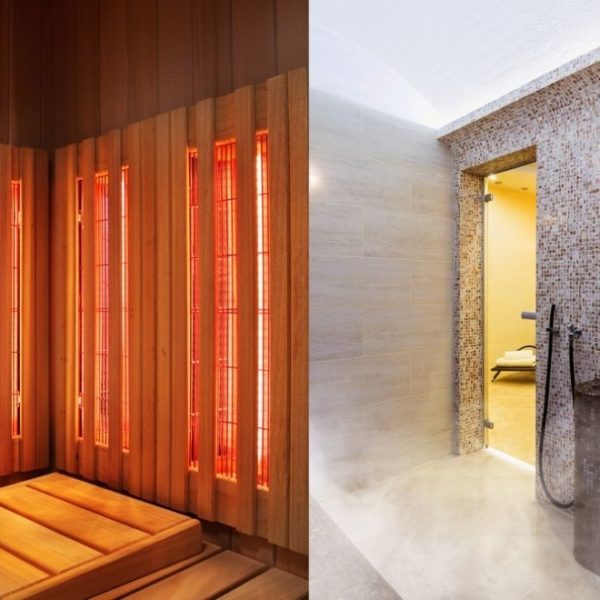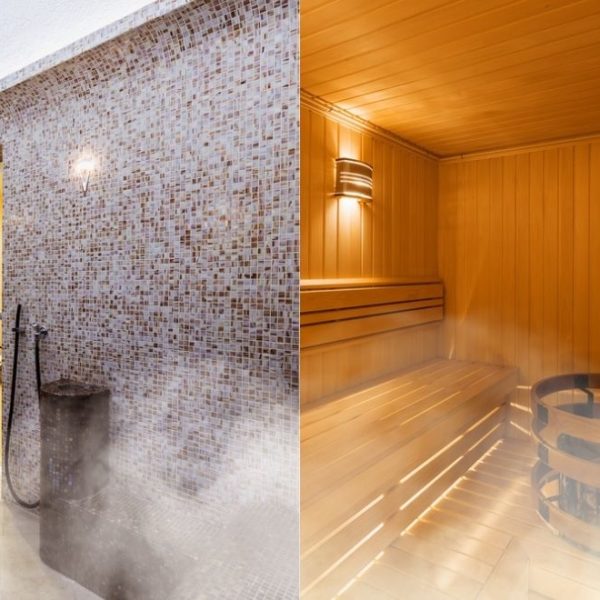You decided to install a sauna in your home or company, and now you need to consider the details. What sauna size will best fit the place? Which style will match the rest of the existing décor? Is there a specific heat source you should choose for a new sauna?
While many reckon the last aspect to be a no-brainer, this element is vital. We’ll focus on what sets near and far-infrared heating elements apart to help you choose the most suitable heat source. Keep reading and find out what sauna unit can meet your needs.
How Do Saunas Work?
The two main types of saunas include traditional and infrared. The first one can get heated with water poured over hot rocks, wood, or electricity. In turn, IR saunas use infrared light as a heat source.
The crucial difference between the two lies in the way they heat you. Traditional saunas sweat you the old-fashioned way by heating the air in the room. Then, sweating results in detoxification and some other health gains we’ll touch on later.
As opposed, infrared heating systems developed much later. Advanced saunas use IR light therapy to heat you from the inside and detox your body. These can also get divided into two subcategories, far and near-infrared.
Infrared Sauna Therapy In A Nutshell
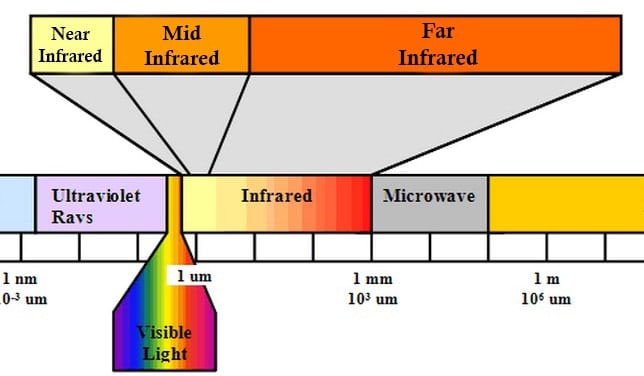
Infrared sauna therapy has never relied on unproven scientific postulates. Instead, this therapy has long-lasting effects due to the unique properties of IR light.
In short, infrared light is within the electromagnetic spectrum, invisible to humans. Yet, even if you can’t see it with a naked eye, infrared light can get sensed in the air. Many people who have enjoyed an infrared sauna explained the feeling as similar to a ray of gentle sunshine.
IR saunas contain purpose-built lamps that produce light and heat to warm your body’s surface and deeper tissues. By contrast, traditional saunas warm the air in the room and then your skin and muscles.
Moreover, IR light can quickly penetrate the skin and reach deeper muscles and blood vessels. Heating also works faster and provides significant health benefits compared to the conventional sauna experience.
What Is A Near-Infrared Sauna?
Near-infrared light is present in the spectrum of natural sunlight. In fact, nearly half of the sun’s total energy is in the NIR spectrum. NIR light is also the closest to the visible spectrum, with wavelengths measuring between 700 and 1,400 nm.
Our bodies use the emitted energy to produce vitamin D and survive. Due to its potency, NIR light can also help the body produce collagen and speed up circulation. As a result, near-infrared systems rejuvenate the skin, provide pain relief, and induce overall body relaxation.
Rather than warming your body from the inside out, NIR penetrates up to about 5 mm beneath the skin. Lower light spectrums mean greater penetration. Plus, many people enjoy NIR saunas due to low concentrations of electromagnetic frequencies. For those sensitive to EMFs, this is an added benefit.
What Is A Far-Infrared Sauna?
As one of the leading heat sources used in contemporary therapeutic saunas, far-infrared systems are a superb solution. Though operating similarly to NIR, these systems differ in wavelength. In short, IR light is at the farther end of the spectrum, with wavelengths between 3,000 and 100,000 nm.
Since FIR wavelengths are different, the body absorbs the light through the water in your organism. Hence, far infrared only penetrates up to 0.1 mm beneath the skin.
As for the benefits of far infrared, the body gets warmed from within. Then, profuse sweating follows, usually seen in traditional wet-dry sauna systems. Other reasons to go for a far-infrared sauna include detoxification, weight loss, immunity-boosting, and stress reduction.
Near vs Far-Infrared Sauna
Aside from relaxation, most people install saunas to detox their organisms and meditate. But before that, let’s take a closer look at the practicality of each sauna type.
Installation
If you opt for a far IR sauna, you will have to hire a professional to install it. Conversely, near IR saunas require little effort and knowledge to set up. You only need to put up the tent, place the lamps inside, and screw in the bulbs before plugging.
Even better, many near-infrared saunas are portable. The only thing you should be aware of is the need for a power source. Hence, you can easily take your sauna tent wherever you go.
Maintenance
Since far-infrared saunas require an expert to install them, they also call for regular professional care. Hence, it’s vital to purchase a unit with a lifetime warranty to compensate for the upfront charge if something goes wrong with the system.
Conversely, maintaining NIR saunas takes little effort and time. Most of them contain bamboo mats with webbing bound edges and stitch blocks made from organic cotton. One of the things you’ll have to do is replace lamp bulbs.
Cost
Overall, far-infrared saunas are a heftier alternative. The higher cost comes from the high-quality solid unit you’re purchasing and installing. As for near-infrared saunas, you only need to procure a tent and lamps. Yet, depending on the brand of sauna and fixtures you choose, both options can vary in price.
Plus, near-infrared saunas use up to 1/3 less energy than their FIR counterparts. In a word, NIR saunas operate at lower temperatures, and heat lamps are energy efficient.
How Do Benefits Compare For Near vs. Far Infrared?
Though both sauna types have remarkable effects on your body and mind, we can still name a few differences. For instance, FIR saunas detox and relax your body, and enable heat therapies. NIR saunas have almost the same benefits, plus regenerative and healing ones.
Detoxification
No doubt, near and far-infrared systems stimulate body detoxification. Yet, they go about this issue via different routes. NIR systems provide local relief for specific body parts and skin issues. Session results are less dramatic and visible than with the far-infrared system.
FIR systems help you detoxify the body up to seven times more effectively than conventional units. Due to the heavy natural sweating, harmful elements get eliminated from the body quickly. Plus, toxins leave the organism following the fat-based sweat.
Relaxation
Many people decide to buy a sauna for relaxation purposes only. Far-infrared heating units can balance your cortisol levels and thus regulate stress. As a result, your muscles loosen and relax at an accelerated rate.
Moreover, since FIR wavelengths mimic the body’s emissions, some users have experienced a sense of rejuvenation. Others believe NIR is less irritating to specific tissues, and they prefer moderate relaxation sessions.
Weight Loss
Research has shown that a 30-minute infrared sauna session can burn up to 600 calories. Near-infrared saunas stimulate calorie-burning by raising your body’s core temperature. In turn, far-infrared units speed up your metabolism and slightly raise human growth hormone levels to trigger weight loss.
Since FIR saunas increase your temperature and heart rate more effectively, calories burn faster than in a NIR or traditional sauna.
Skin Rejuvenation
One of the most impressive advantages of having regular sauna sessions is the glowing skin you’ll witness. Skin renewal happens as a result of improved circulation and eliminating toxins from the pores. IR saunas can accomplish both of these goals effectively.
More specifically, NIR systems firm the skin’s surface, while FIR units promote toxin release through profuse sweating. The sweating component then cleanses the skin and polishes the skin tone from the inside out.
Enhanced Circulation
All saunas can improve circulation and blood flow in targeted body areas while keeping the user comfortable. Far-infrared heating units offer a more shallow penetration. Their counterparts are far more potent in this regard and treat deeper blood vessels.
Some NIR units offer the ability to focus the energy and stimulate boosted circulation. In short, users can move specific body parts closer to the heat lamps to treat that region. FIR units don’t have this possibility due to the lack of rotating fixtures.
Are Near And Far-Infrared Saunas Safe?
The answer is always yes! Saunas are incredibly safe for your body, and infrared units have therapeutic effects without the oppressive heat of traditional saunas. Still, it’s essential to monitor your temperature to avoid overheating.
If you still have doubts, remember that hospitals also use infrared heating lamps to warm newborns. Unlike the UV rays from a tanning bed or the sun, infrared heat cannot burn your skin or harm you. So far, no known dangers to using an infrared heat source exist.
What Sauna Is Best For Me?
Nowadays, sauna enthusiasts can find a full spectrum of units that include NIR and FIR wavelengths. Infrared saunas heat your body and surroundings way quicker than their traditional counterparts. Even better, IR options require less effort to set up and are less expensive to run.
Overall, whatever infrared sauna type you decide to buy will pay off in the long run. Still, NIR saunas have wide-ranging benefits for people without heart conditions or arthritis. FIR saunas usually provide targeted healing.
Many people opt for full-spectrum IR saunas to be on the safe side. Comprehensive saunas emit light across the entire infrared spectrum, thus producing multiple effects. The ultimate decision depends on what you are trying to achieve and your health goals.
For those who want to indulge in saunas, one-person options are an ideal fit. However, always ask your doctor to confirm whether you’re medically eligible to use a sauna. А sauna may not be suitable if you:
- Use a pacemaker,
- Have low or high blood pressure,
- Take any medications,
- Recently suffered a heart attack,
- Are pregnant.
Most people would choose to have a sauna at home if they could. Sadly, not everybody can afford them in terms of money and space. Sauna blankets, however, are another innovative and practical trend in wellness.
Sauna Blankets
A sauna blanket is an alternative sauna you wrap around yourself to heat the body directly. The temperature within the cover can range between 80°F and 160°F, depending on your preferences.
Lately, infrared sauna blankets have become a real hit on the market since they give the same results as conventional saunas. Plus, lower temperatures make it more bearable for people who can’t stand the heat of an IR sauna.
As a result, blankets don’t stress your body and can be more efficient. Rather than being between four walls and sitting on a bench, you wrap yourself in the infrared sauna blanket and plug it in a socket.
Sauna Blanket Benefits
Having an infrared sauna blanket at home means you can relax, detoxify, and rejuvenate every day. Like IR saunas, blankets purge the body of unwanted chemicals, burn calories, and break up fat deposits.
On the outside, you may witness reduced cellulite and weight loss. The inside benefits are even more impressive. You will soon feel muscle tension relief, boosted metabolism and circulation, less inflammation, and a robust immune system.
Guidelines For Use
Anyone who wants to improve their overall wellbeing and fitness is a suitable candidate for a sauna blanket. What you should pay attention to is controlling your body temperature and staying dehydrated the entire time.
Practitioners recommend starting with a 15-minute session a week. Then, you can proceed with 45-minute sessions three times a week. Wearing cotton undergarments is advisable for the first few sessions to adjust to the high temperatures.
Final Thoughts
Near-infrared units are more successful in promoting local healing and mild pain relief. As opposed, far IR heating systems have proven better in removing toxins, enhancing circulation, and relaxing muscles.
Indeed, experts suggest that if you want maximum therapeutic benefits from sauna use, a three-spectrum unit is a perfect choice.
Now that you have a deeper understanding of near vs. far-infrared heat, which sauna system will serve you best? Please, share your thoughts in the comment box below and get back to us for more practical advice.
